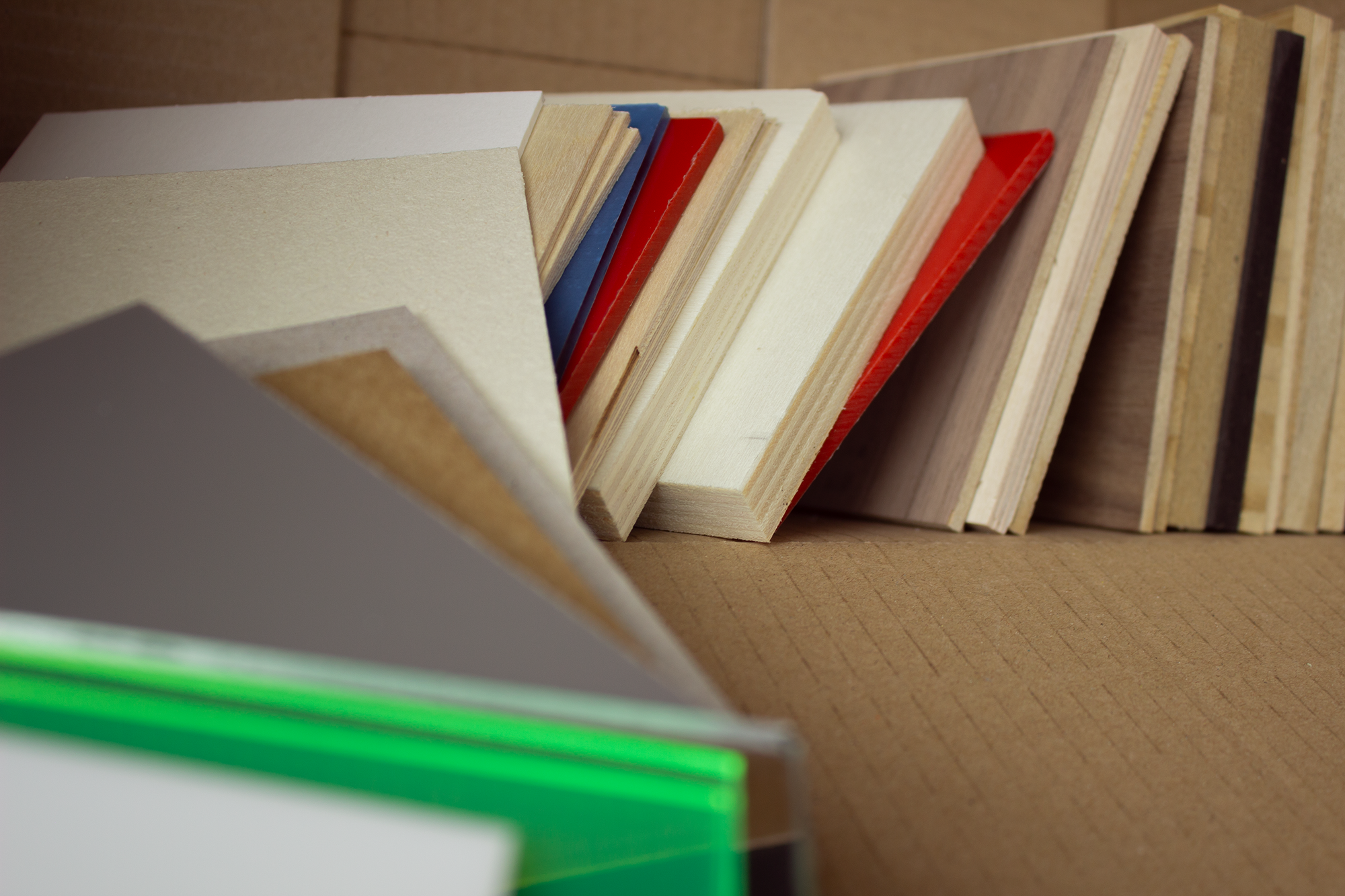INFO
Terminology

INFO
Terminology
In materials science you come across many technical terms. They are useful for accurately understanding the differences between materials.
We have listed the most important terms. If you can handle this, your choice of materials will be just fine!
Terminology
An allowable deviation from a given value. For example, a thickness tolerance of +/-0.1 mm on a 5 mm material means that the actual thickness can vary between 4.9 and 5.1 mm.
Some materials such as acrylic are provided with a film at the factory to protect against scratches and other damage. Materials that are supplied without protective film may therefore contain minor scratches, etc. This is only the case with materials that mainly have technical applications (for example polyacetal).
Lightproof/opaque/not translucent.
Lets light and image through. Can be colored (e.g. tinted sunglasses) or colorless (e.g. a glass window).
Allows light to pass through but no image. For example frosted glass.
The hardness of a material is the resistance it offers to permanent mechanical deformation under pressure. You can imagine it as the depth of a dent you can make in a material by pressing it with your nail. A stone is hard, a beer mat is soft.
The stiffness of a material is the degree to which a material resists elastic deformation. So, for example, how much force it takes to elastically (temporarily) bend a material. This does not say anything about when the material breaks (permanently deforms).
The opposite of stiff. a weak material can be deformed (e.g. bent) with little force.
Toughness indicates how much a material deforms plastically before breaking. You can permanently bend a tough material without it breaking. Tough is the opposite of brittle. Rubber is tough, glass is brittle.
A brittle material breaks before it is deformed much. Stone and glass are brittle. Brittle is the opposite of tough.
Strength indicates how much force is needed to permanently deform ('break') a material. This is different from stiffness. For example, a weak material can be quite strong because it returns to its original shape after elastic deformation.
Solid has no meaning in classical materials science. It is (incorrectly) used as a combination of stiff and strong.
